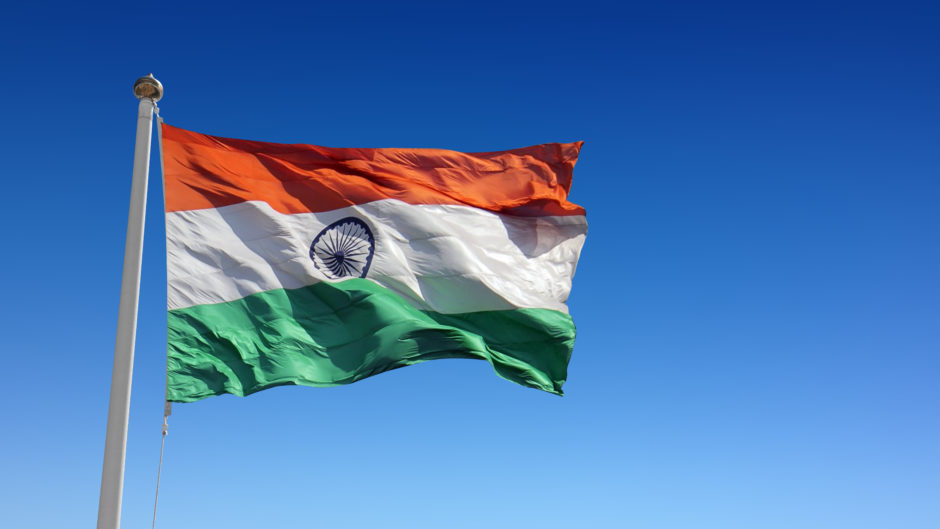
The government of India has kicked off plans for offshore wind by releasing a consultation paper to call for bids to lease 870 square kilometres of seabed area in the power hungry South Asian nation.
The area on offer is spread over five blocks near the southern tip of the country off the coast of Tamil Nadu. The blocks are at a depth of 20m to 50m and lie 10km to 39km from India’s coastline. The indicative capacity for project installation is 4GW with assumed capacity of 4.5MW per sq km.
The seabed leases are to be awarded for a period of five years and can be extended by a period of two years. They are planned to be awarded before March 2023, which seems ambitious considering that India does not have any offshore development and developers will need time to understand the risks.
This will be the first of eight rounds planned to be held over the next eight years as the country plans to auction areas offshore the states of Tamil Nadu and Gujarat every year until 2030.
Bids will be awarded through a two stage single bid process. The developers will be required to submit a technical bid and a financial bid. The technical bid will have 70% weightage and the financial bid will have 30% weightage. The ministry will only entertain bids of companies and consortiums who have experience in onshore wind in India, offshore wind globally and net worth of more than INR 250 billion or US$3 billion, along with documentation of various policies.
Those who qualify will be scored on the basis of 14 parameters ranging from experience, to plans, track records and financial evaluation. The criteria laid out are defined objectively but it can be fairly expected to be contested by developers.
Nevertheless, the scores obtained will be normalised and added to the score received for the quote of lease fee. This weighted average blended score will be used to declare the winners. The list of criteria indicates that the government aims to invite experience and capable offshore wind players to enter into consortium with onshore wind developers in India to jointly develop the projects.
The winners will need to pay the fee as per their bids until the start of construction i.e. only for the survey. During construction and operation of the farm, the lease fee will revert to the base price of INR 1 lac per sq km (US$ 1,300) to keep the cost of electricity competitive. Those who wish to continue and construct the plant after the surveys, will sign a concession agreement for 35 years inclusive of construction and decommissioning.
The main concern for developers will be the timelines for bids as the commercial and infrastructure risks are not fully mapped. Commercially, the power offtake will be to corporates or can be sold via exchange and will be the sole responsibility of the developer who wins the block. The government will not be taking any responsibility for power offtake.
No subsidy on CAPEX or preferential tariff is envisaged for this particular round. However, incentives available to onshore wind are extended to offshore wind. Additionally, provision of power infrastructure, REC with multipliers, carbon credits, and waiver of transmission charges will be provided as and when they are made available by the government. These are more generous than what is provided for onshore renewables being sold to third party but will still lead to a higher priced power. The government is banking on the requirement of large steel, cement, and other heavy industry companies in India to use this power as a substitute of fossil fuels due to the profile and quantum of the power available.
Additionally, a point that will probably trigger industry demand to provide more time for bid submissions is the requirement that all the infrastructure needed for assembly of WTG, port facilities for storage and coordination of installation and commissioning will need to be done by the developer. Since India does not have any offshore wind development and the ports themselves have done little preparation so far, this will take a bit more time than needed.
The comments on the draft close on 28 Nov 2022 and will likely involve a lot of engagement within India and abroad.
According to the World Bank, India has 112 GW of bottom-fixed and 83 GW of floating offshore wind potential, with best opportunities located in Tamil Nadu and Gujarat.
Recommended for you
